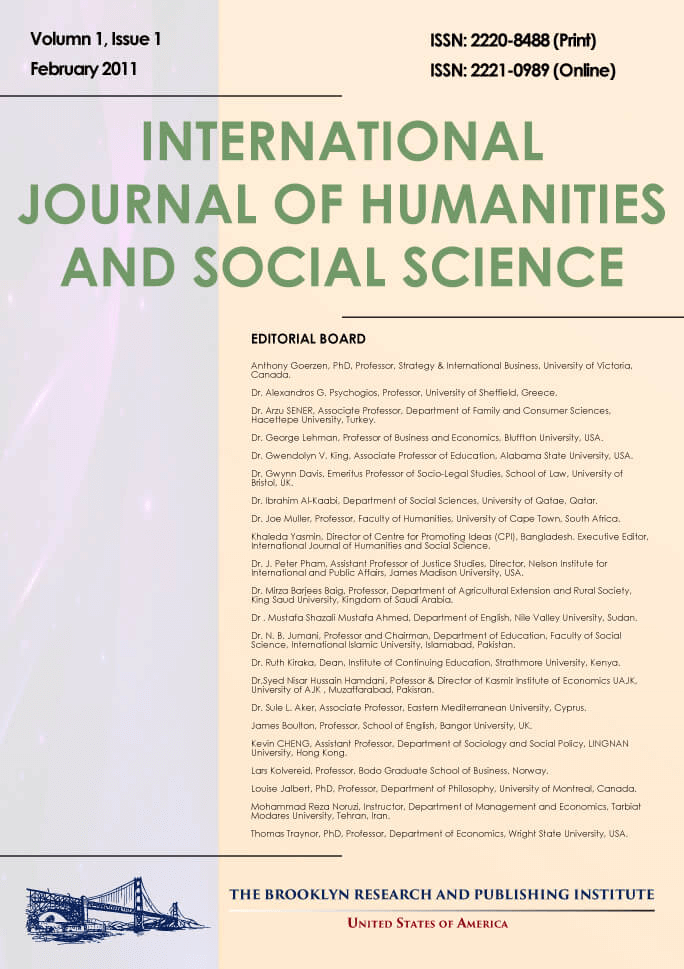Islamic Sects Between Opposition and Political Participation: A Comparative Study of Umayyad and Abbasid Policies Toward Doctrinal Groups
AbstractThis study aims to provide a comparative analysis of Umayyad and Abbasid policies toward different Islamic sects, focusing on the transformation from opposition to political participation. The study employs a comparative historical methodology to examine how both the Umayyads and Abbasids dealt with various doctrinal groups, and analyzes the factors that led to changes in these sects' positions from absolute opposition to limited or full political participation. The findings indicate that the Abbasids followed a more flexible and inclusive policy compared to the Umayyads, enabling them to integrate some sects into the political system and transform them from opposition forces into partners in governance. The study also shows that the transformation in policies toward Islamic sects had a significant impact on state stability and political longevity. The study concludes that a state's success in managing sectarian diversity depends on its ability to balance maintaining religious identity with openness to political pluralism.
Email: [email protected] Dr. Sawaluddin, M.Pd.I, Institut Agama Islam Rokan, Indonesia. ORCID iD: https://orcid.org/0000-0002-5041-7301 .
Email: [email protected]
[email protected]
Note: Citation statistics will only be available once the article is indexed in Google Scholar.


